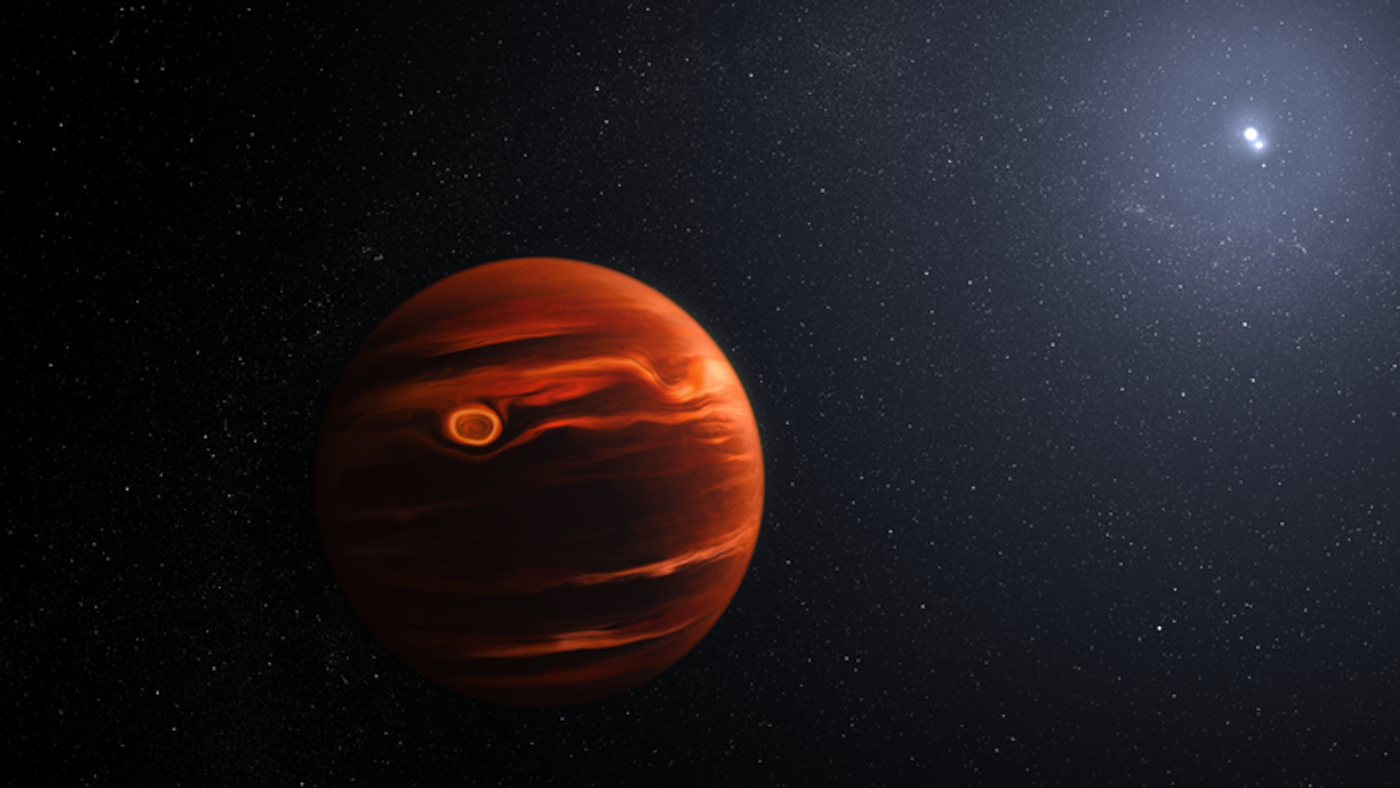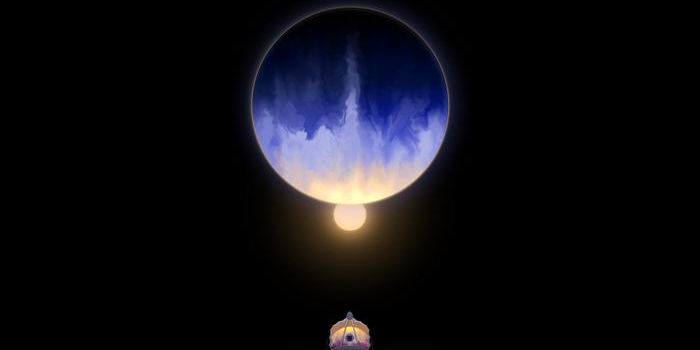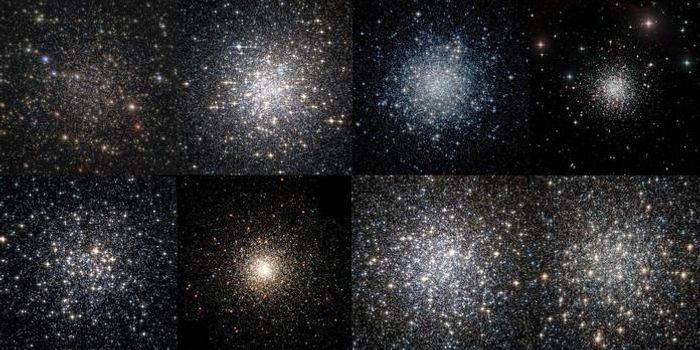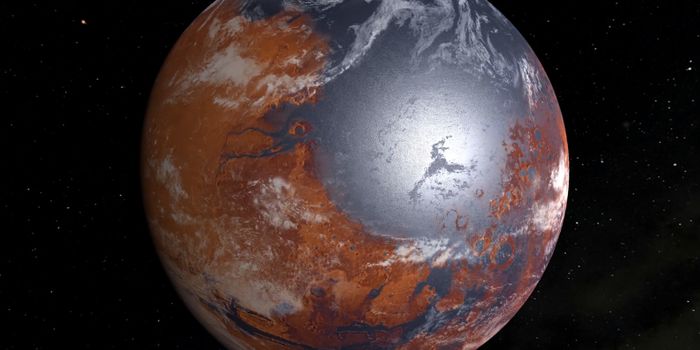NASA JWST Identifies Exoplanet with Highly Diverse Atmosphere
NASA’s James Webb Space Telescope (JWST) continues to marvel us with its brilliance, as an international team of researchers led by the University of California, Santa Cruz (UCSC) have used JWST to examine the atmosphere of exoplanet VHS 1256 b, located approximately 40 light-years from Earth, and discovered one of the most diverse exoplanetary atmospheres to date. One of the most remarkable aspects of this study was the brief observational period scientists used to examine the VHS 1256 b.
Artist illustration of VHS 1256 b, located approximately 40 light-years from Earth, and its siwrling clouds. (Credit: Illustration: NASA, ESA, CSA, Joseph Olmsted (STScI))
“There’s a huge return on a very modest amount of telescope time,” said Dr. Beth Biller, who is a professor in the School of Physics and Astronomy at the University of Edinburgh, and a co-author on the study. “With only a few hours of observations, we have what feels like unending potential for additional discoveries.”
For the study, the researchers used the Near-Infrared Spectrograph (NIRSpec) and the Mid-Infrared Instrument (MIRI) onboard JWST to analyze spectra data from VHS 1256 b’s atmosphere, finding evidence of water, methane, carbon monoxide, and carbon dioxide. Another remarkable aspect of this discovery is that VHS 1256 b orbits two stars with an orbital period of more than 10,000 years.
“VHS 1256 b is about four times farther from its stars than Pluto is from our Sun, which makes it a great target for Webb,” said Dr. Brittany Miles, who is a postdoctoral fellow at the University of Arizona, and lead author of the study. “That means the planet’s light is not mixed with light from its stars.” Along with the aforementioned compounds, JWST also detected silicate dust grains of varying sizes, as well.
“The finer silicate grains in its atmosphere may be more like tiny particles in smoke,” said Dr. Biller. “The larger grains might be more like very hot, very small sand particles.”
The researchers estimate that VHS 1256 b is only 150 million years old, which means while it’s very hot now, it will cool over the next few billion years. They also note that this new data could open the doors to much larger data sets, as well.
“We’ve identified silicates, but better understanding which grain sizes and shapes match specific types of clouds is going to take a lot of additional work,” said Dr. Miles. “This is not the final word on this planet – it is the beginning of a large-scale modeling effort to fit Webb’s complex data.” Traditionally, researchers only identify one feature at a time on other exoplanets, whereas JWST was able to identify multiple features during one observation of VHS 1256 b.
“No other telescope has identified so many features at once for a single target,” said Dr. Andrew Skemer, who is an associate professor in the Astronomy & Astrophysics Department at UCSC, and a co-author on the study. “We’re seeing a lot of molecules in a single spectrum from Webb that detail the planet’s dynamic cloud and weather systems.”
What new discoveries will JWST continue to reveal about VHS 1256 b and other exoplanets? Only time will tell, and this is why we science!
Sources: The Astrophysical Journal Letters, NASA
As always, keep doing science & keep looking up!









